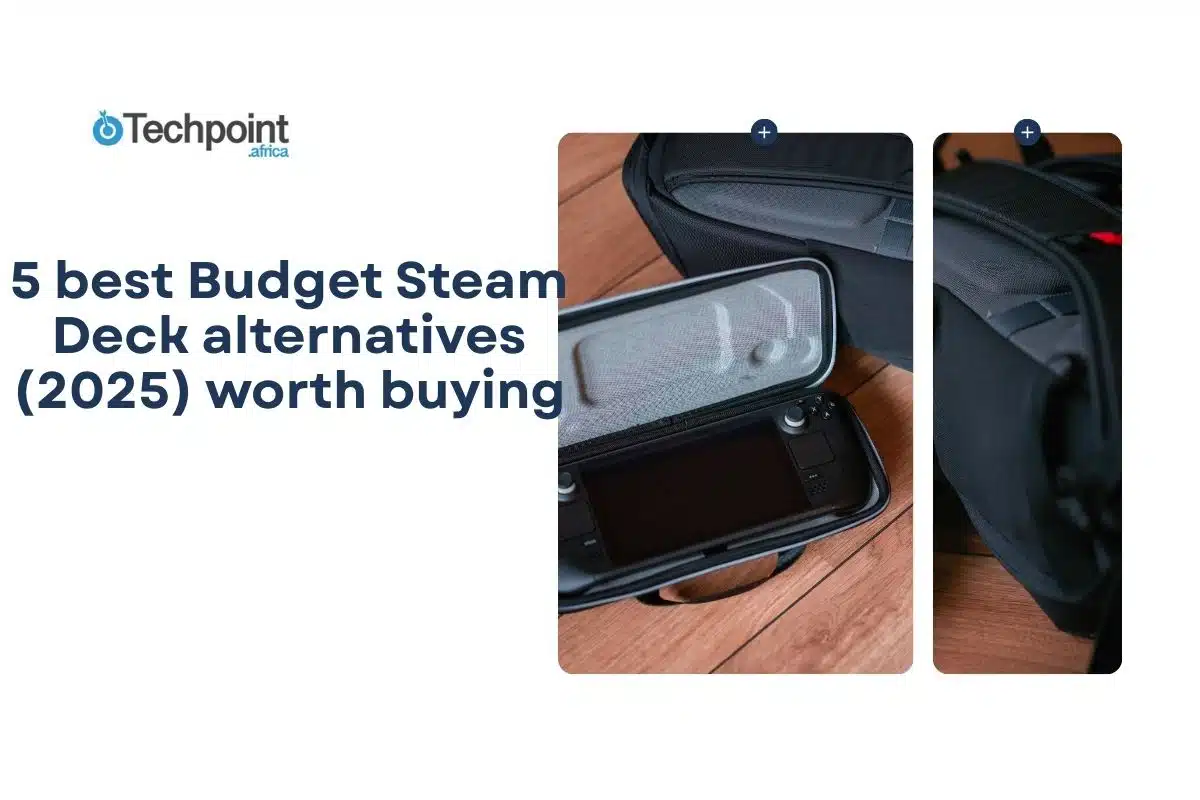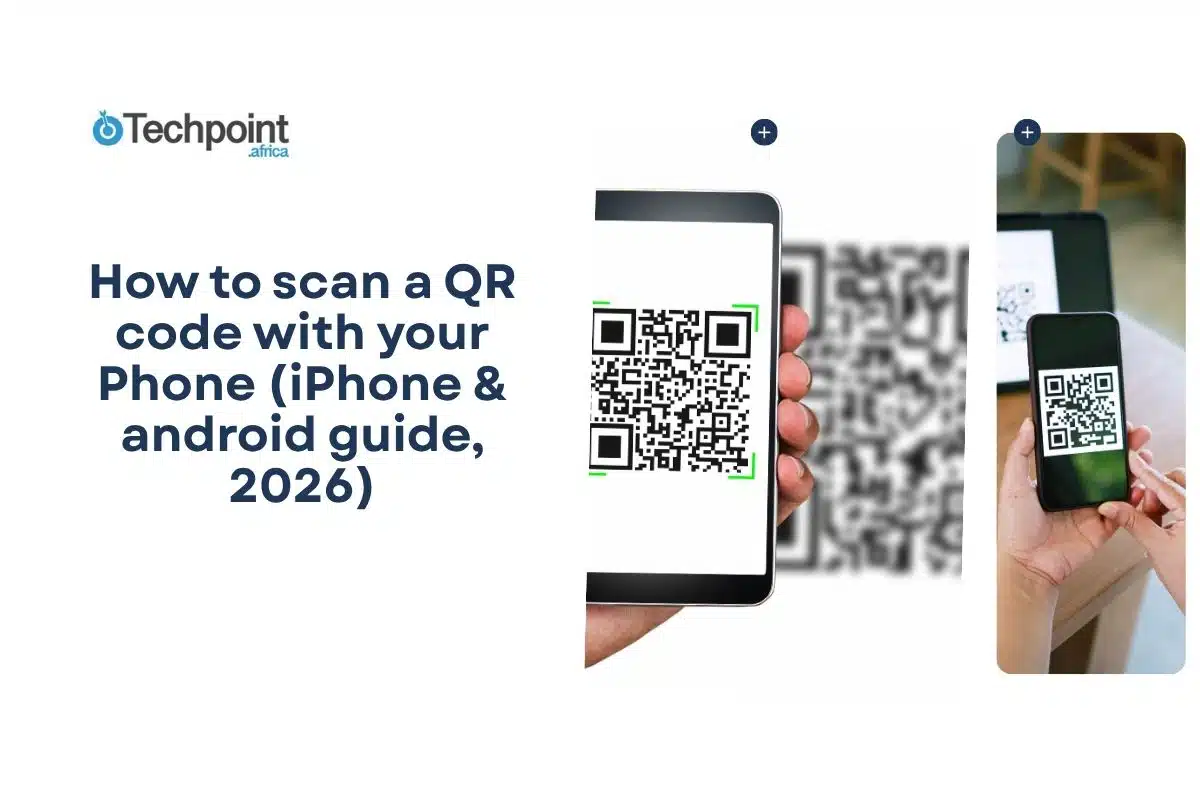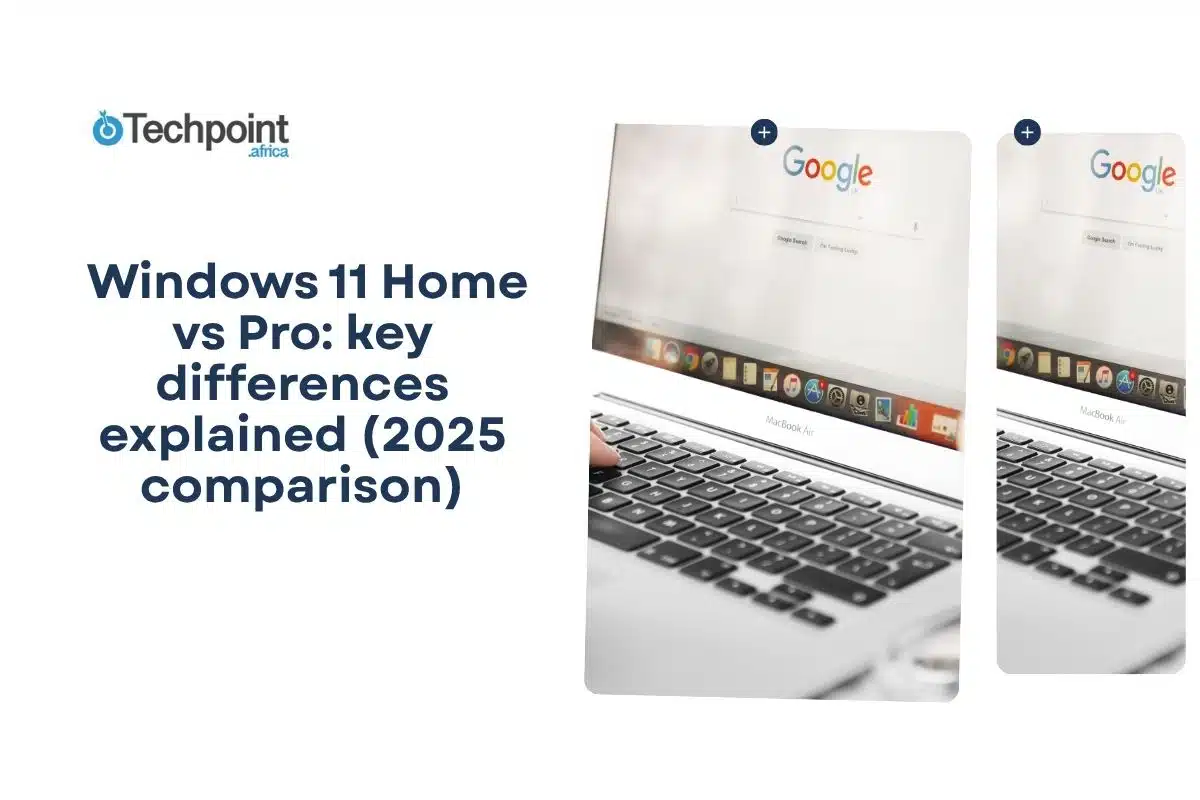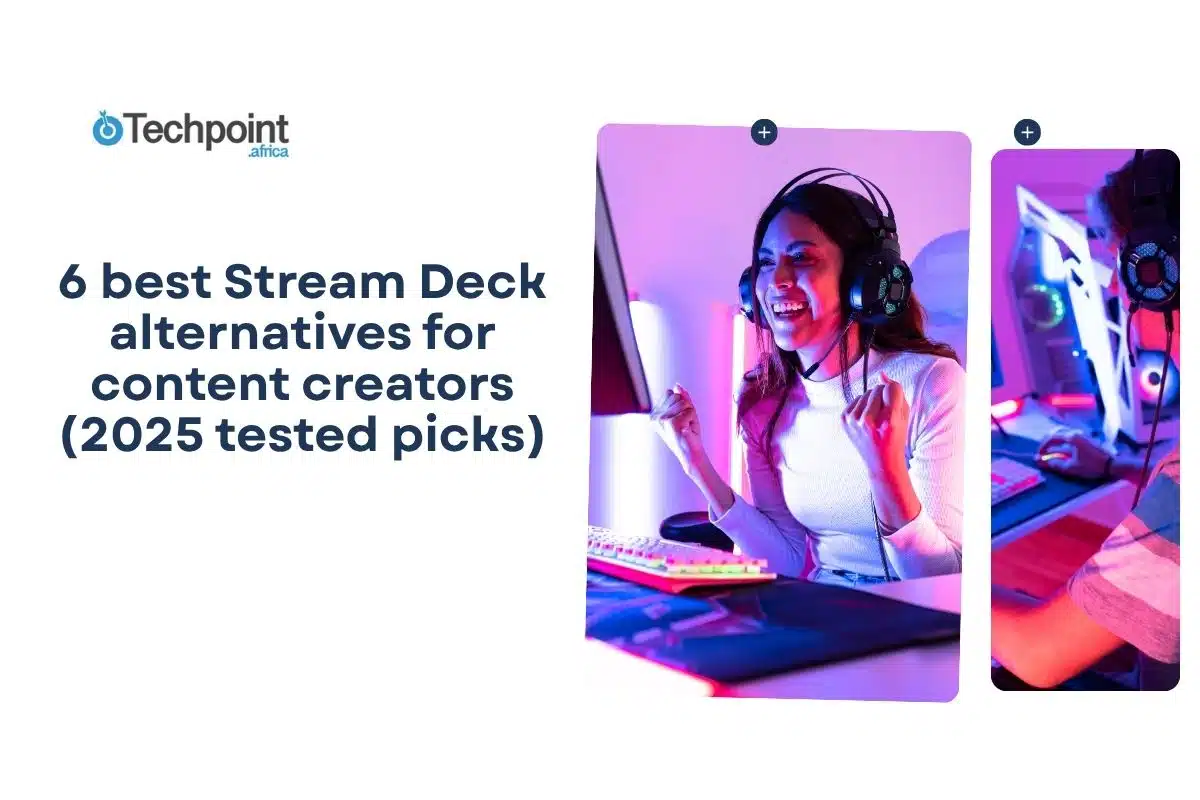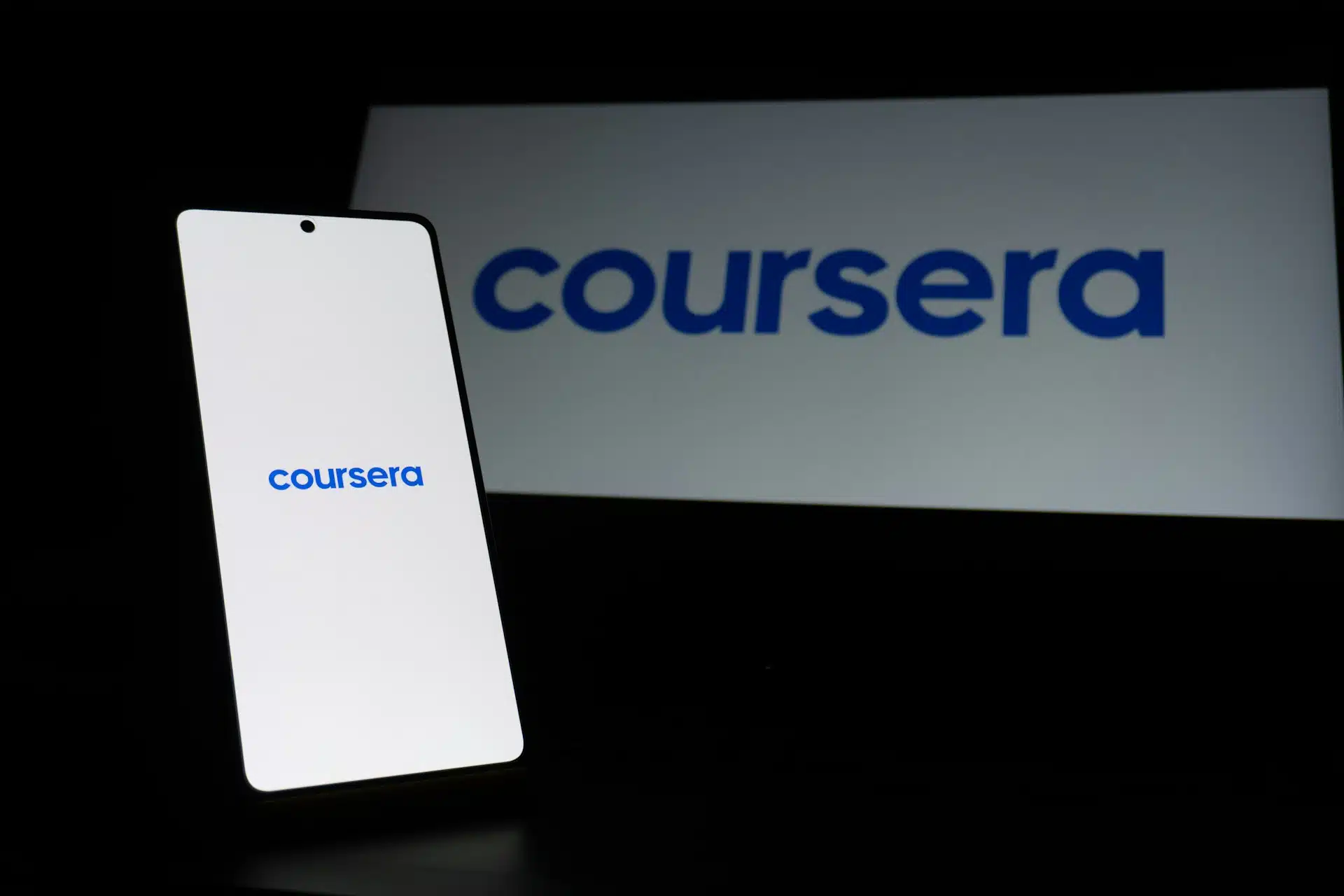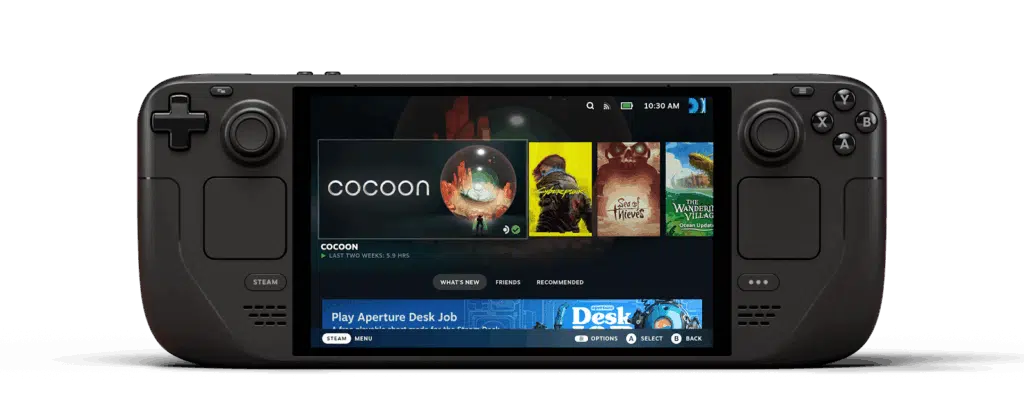
The Steam Deck shook up handheld gaming with its promise of PC power in a portable shell. However, at $400 and above, and with stock shortages still occurring, it isn’t the most budget-friendly or readily available option. That left me wondering: are there cheaper handhelds that can actually hold their own? After weeks of testing, I found five solid Steam Deck alternatives under $500 worth your attention.
In this guide, you will learn:
- The five best budget Steam Deck alternatives and how they stack up.
- Pros, cons, and best use cases for each device.
- How each handheld performed in real-world tests for games, emulation, and battery.
- Which device offers the best value for different types of gamers?
The 5 Budget steam deck alternatives
- AYANEO Air Plus — The Premium Budget Pick ($299)
- Retroid Pocket 3+ — The Emulation Master ($199)
- AOKZOE A1 Pro — The Android Powerhouse ($349)
- Powkiddy RGB30 — The Ultra-Budget Retro Pick ($179)
- GPD Win Max 2 — The Laptop Alternative ($449)
Quick comparison
Before we continue, here’s a side-by-side look at how each contender stacks up. Prices reflect what I paid or the average street price at the time of testing.
| Rank | Item | Description | Pros/Cons | Best For | Price |
| 1 | AYANEO Air Plus | Closest to Steam Deck performance | Pros: Solid build, true PC gamingCons: Windows quirks | PC gamers on budget | $299 |
| 2 | Retroid Pocket 3+ | Compact handheld for emulation | Pros: Great retro support Cons: No PC games | Retro enthusiasts | $199 |
| 3 | AOKZOE A1 Pro | Premium Android gaming device | Pros: Strong emulation, 120Hz screen Cons: No Steam support | Android gamers | $349 |
| 4 | Powkiddy RGB30 | Cheapest retro-only option | Pros: Affordable, long batteryCons: Limited power | Kids/retro purists | $179 |
| 5 | GPD Win Max 2 | Laptop-level performance handheld | Pros: Powerful, Windows PC in your hand Cons: Heavy, short battery | Power users | $449 |
These numbers are shorthand for what’s coming. I wanted to know how these machines feel when you’re gaming. You know, the smooth frame rates, comfort in the hands, and whether they actually deliver on the promise of being a cheap Steam Deck alternative.
Ayaneo air plus — the premium budget pick ($299)
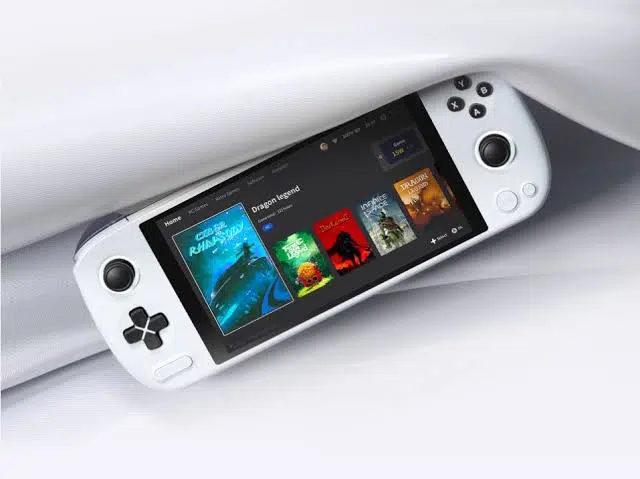
The AYANEO Air Plus delivers about 90% of Steam Deck performance at a friendlier price. It runs an AMD Ryzen 5 chip with Radeon graphics, 16GB RAM, and a 512GB SSD, making it a genuine PC gaming handheld. Indies like Hades ran flawlessly, while Elden Ring managed a steady 35–40fps on low settings.
Out of the box, the Air Plus doesn’t feel “budget” at all. Its aluminum body, solid weight (650g), and 7-inch 1280×800 IPS display make it look and feel premium. The viewing angles are strong, the ergonomics make two-hour sessions comfortable, and the buttons have a crisp, satisfying feel.
Battery life varied depending on the game. Expect 5–6 hours on indies, 4–5 hours on emulation, and closer to 2.5–3 hours on AAA titles. The 65W fast charging was a lifesaver, hitting 80% in under an hour. It runs Windows 11, which means full Steam library access, but it also comes with quirks. There were occasional driver issues and some awkward navigation in handheld mode. Still, it’s the closest true Steam Deck alternative.
Retroid pocket 3+ — the emulation master ($199)
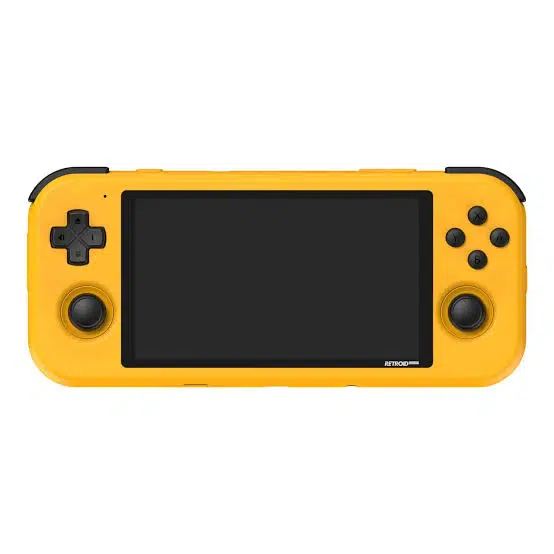
At under $200, the Retroid Pocket 3+ is unbeatable for retro fans. It runs on Android with a Unisoc T618 chip and 4GB RAM, handling PSP and N64 perfectly, with PS2 games mostly playable.
The Pocket 3+ is compact, lightweight, and feels closer to a large smartphone with joysticks attached. It uses a 4.7-inch 750×1334 OLED screen that looks sharper and richer than you’d expect at this price. The plastic shell isn’t premium, but it’s sturdy and light enough to fit in a jacket pocket.
Modern PC gaming isn’t possible here, but emulation is smooth, colorful, and affordable. Battery life was good for what it is: 4–5 hours on retro games, around 3 hours on heavy emulation. Standby performance was excellent thanks to Android’s power management. Software-wise, the setup required a bit of tinkering. It took time configuring RetroArch, BIOS files, and emulator settings, but once dialed in, everything ran smoothly.
Aokzoe a1 pro — the android powerhouse ($349)
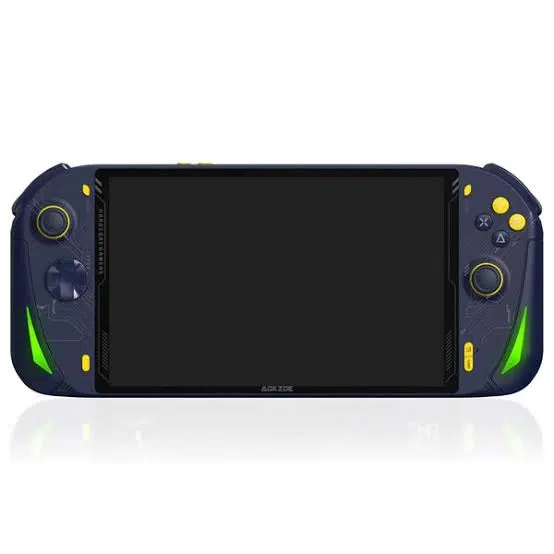
The AOKZOE A1 Pro pushes Android handhelds to new limits. With a Snapdragon 8+ Gen 1, 12GB RAM, and a vibrant 120Hz display, it comfortably ran Genshin Impact at 60fps and even handled some PS3 emulation.
This device feels high-end the moment you pick it up. With an 8-inch 1920×1200 IPS display running at 120Hz, games look smooth and vibrant. The glass and metal body give it the polish of a flagship smartphone, while the ergonomics make it comfortable for long sessions despite its larger size. Buttons and joysticks are precise, and the cooling system does its job well, so heat never becomes a major distraction.
Battery life proved strong, though not limitless: 4–5 hours with demanding Android titles, 6–7 hours with retro emulation, and 8+ hours for light media use. It runs on Android 12, with a clean interface and no unnecessary bloat. Sideloading apps and emulators was easy, and everything from RetroArch to official app stores worked without a hitch.
Powkiddy rgb30 — the ultra-budget retro pick ($179)
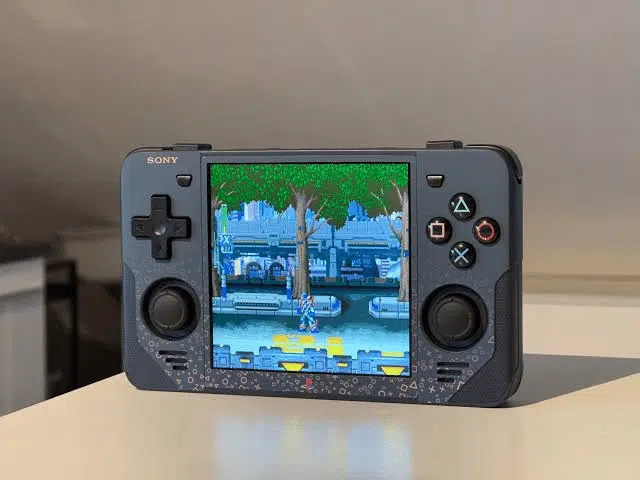
The Powkiddy RGB30 is the most affordable device in this lineup, designed exclusively for retro classics. Its 4-inch 720×720 square display is unusual but surprisingly good for retro titles, especially Game Boy and SNES games that fit neatly into the aspect ratio. However, with just 1GB RAM and a budget chip, the PS1 is its ceiling, with anything newer struggling significantly.
The RGB30 looks like a cross between a Game Boy and a modern handheld. The build is undeniably budget. It’s lightweight plastic that feels more like a toy than premium hardware. That said, the buttons are responsive enough, and the compact size makes it genuinely pocket-friendly.
Battery life is actually one of its strengths. I got 6+ hours of continuous retro play, which is impressive for such a small device. The software isn’t as slick as Android or Windows machines, but it’s straightforward enough for loading up ROMs and getting straight into your favorite classics. It feels toy-like in build, but as a kid’s handheld or a nostalgic companion, it nails the basics at the lowest price point.
Gpd win max 2 — the laptop alternative ($449)

The Win Max 2 is less a handheld console and more a shrunken laptop. Powered by a Ryzen 7 6800U with 32GB RAM, it runs modern PC games like Cyberpunk 2077 at 45–50fps on medium settings. The aluminum chassis, 10-inch display, and built-in keyboard make it versatile, but also heavy at over 1kg.
The Win Max 2 immediately feels different. It’s larger, heavier (just over 1kg), and sports a 10.1-inch 2560×1600 touchscreen that dwarfs every other device I tested. The aluminum chassis gives it a premium, laptop-like sturdiness. It even has a built-in keyboard and trackpad, which are cramped but functional, making it a true hybrid device for both work and play.
Battery is where reality checks in. Expect 2–3 hours of gaming, 4–5 hours of light use, and long charging sessions. But with full Windows 11 Pro installed, the Win Max 2 is basically a shrunken laptop; you can run Steam, install mods, use productivity apps, and connect peripherals through multiple USB and HDMI ports.
How We Chose
Each device was tested over six weeks with more than 50 games, from indies to AAA titles. I looked at frame rates, battery life, comfort, build quality, and overall value.
The games i used
- Modern Indies: Hades, Celeste, Dead Cells, Hollow Knight
- AAA Titles: Elden Ring, Cyberpunk 2077, The Witcher 3 (all at low settings)
- Retro Emulation: PS2, GameCube, Nintendo 64, PSP
- Casual/Lightweight: Stardew Valley, Among Us, Fall Guys
What i measured
- Performance: Frame rates, thermal throttling, and consistency over long sessions.
- Battery Life: Real gameplay time, standby endurance, and charging speed.
- Build Quality: Buttons, joysticks, screen clarity, ergonomics during marathon play
- Software Experience: OS smoothness, game compatibility, and ease of setup.
- Value: Price-to-performance ratio, accessory needs, and overall bang for the buck.
The point was to see how fun, playable, and practical these machines felt when you’re actually gaming on them.
Head-to-head gaming showdowns
Specs tell one story, but gaming is about feel. I lined these five handhelds up against each other in direct comparisons for modern PC games, retro emulation, battery endurance, and overall build. Here’s how they ranked.
Modern gaming performance (elden ring at 1280×800)
- GPD Win Max 2: 50–60fps on high settings. Smoothest experience, closest to a real gaming laptop.
- AYANEO Air Plus: 35–40fps on low settings. Playable but not silky.
- AOKZOE A1 Pro: Not applicable—Android-only device.
- Retroid Pocket 3+: Couldn’t run the game.
- Powkiddy RGB30: Not capable at all.
Takeaway: Only the Win Max 2 and Air Plus gave me playable modern PC sessions.
Retro gaming (ps2 library tested)
- AOKZOE A1 Pro: About 95% of titles ran at full speed.
- AYANEO Air Plus: Around 90% compatibility, with occasional stutter.
- Retroid Pocket 3+: Roughly 85% of games ran well.
- GPD Win Max 2: 100% compatibility, but overkill for the task.
- Powkiddy RGB30: Couldn’t emulate PS2.
Takeaway: For retro fans, the A1 Pro and Retroid Pocket 3+ shine without overspending.
Battery life marathon (continuous gaming until dead)
- AOKZOE A1 Pro: ~6.5 hours on emulation, ~4.5 hours on demanding Android games.
- Powkiddy RGB30: 6+ hours on retro titles.
- AYANEO Air Plus: 5 hours with indies, ~2.5 hours with AAA games.
- Retroid Pocket 3+: 4–4.5 hours, depending on emulator load.
- GPD Win Max 2: 3 hours max under heavy gaming.
Takeaway: Ultra-budget and Android devices lasted longest, while the performance beasts drained fastest.
Build quality & comfort
- GPD Win Max 2: Laptop-grade build, premium feel, but heavy.
- AOKZOE A1 Pro: Premium glass and metal with smooth ergonomics.
- AYANEO Air Plus: Excellent ergonomics for longer sessions, solid construction.
- Retroid Pocket 3+: Functional, lightweight plastic.
- Powkiddy RGB30: Feels like a toy, cramped for adult hands.
Takeaway: If you care about long-session comfort, the Air Plus and A1 Pro were standouts.
The real cost analysis
Handhelds rarely come gaming-ready out of the box. Between storage, cases, and screen protection, you’ll likely spend more than the retail price. Here’s what the real cost looked like after adding the basics.
| Device | Base Price | microSD Card | Case | Screen Protector | Total Cost |
| AYANEO Air Plus | $299 | Optional | $25 | $15 | $339 |
| Retroid Pocket 3+ | $199 | $30 (256GB) | $20 | $10 | $259 |
| AOKZOE A1 Pro | $349 | Optional | $30 | $20 | $399 |
| Powkiddy RGB30 | $179 | $25 (128GB) | $15 | $8 | $227 |
| GPD Win Max 2 | $449 | N/A | $35 | $25 | $509 |
Value Proposition by Category
- Best price-to-performance: AYANEO Air Plus — genuine PC gaming for just over $300.
- Best budget value: Retroid Pocket 3+ — unbeatable emulation at under $260 total.
- Best premium value: AOKZOE A1 Pro — worth the $399 if you want a flagship feel and emulation depth.
- Best ultra-budget: Powkiddy RGB30 — delivers on retro gaming at $227 all-in.
- Best no-compromise: GPD Win Max 2 — pricey at $509, but unmatched performance.
When you account for accessories, the “cheap Steam Deck alternatives” aren’t always that cheap. But each still claims a niche: from the RGB30 for pure nostalgia to the Win Max 2 for anyone who wants laptop-level power in a handheld shell.
Final takeaways
- The AYANEO Air Plus is the best alternative to the Steam Deck for budget-friendly PC gaming.
- Retroid Pocket 3+ offers the most fun for retro enthusiasts under $200.
- For premium Android and emulation, the AOKZOE A1 Pro is worth the stretch.
Conclusion
After six weeks of testing, I can tell you don’t need a Steam Deck to enjoy portable gaming. Each of these budget handhelds brings something different to the table, and the best choice depends on what kind of gamer you are.
- If you want true PC gaming without paying full Steam Deck prices, the AYANEO Air Plus is the obvious pick.
- If you’re chasing retro nostalgia on a budget, nothing beats the Retroid Pocket 3+.
- For those willing to pay a little more for a premium Android handheld, the AOKZOE A1 Pro delivers incredible flexibility.
- The Powkiddy RGB30 proves that even under $200, you can still get a fun, reliable retro companion.
- And for gamers who demand maximum performance in a portable shell, the GPD Win Max 2 stands alone.
In the end, the best Steam Deck alternative comes down to your budget and your library. Whether you’re grinding AAA titles, reliving PS2 classics, or just looking for a casual gaming fix, there’s a handheld here that can fit the role without emptying your wallet.
You may also like:
Best Ethernet cables for gaming 2025
How to archive or delete games on Nintendo switch, Switch Lite and Switch OLED

